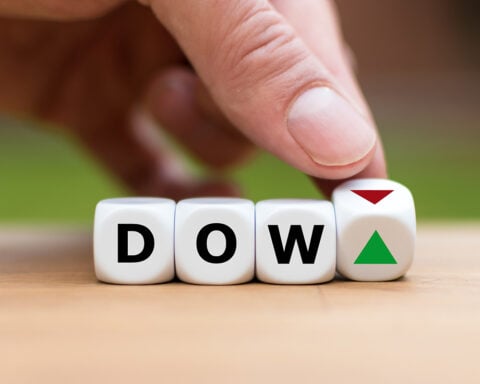The recent release of the US inflation report on Wednesday has ignited fresh worries, revealing an unexpected surge in consumer prices across key indices.
This data underscores the persistent difficulties that the Federal Reserve faces in managing inflationary pressures. Although the report didn’t cause major disruptions in the financial markets, it has reinforced the anticipation of continued interest rate hikes by the Federal Reserve.
Supercore Inflation and Ongoing Predicament
The supercore measure of consumer prices, which excludes housing and energy costs, experienced a noteworthy increase of 0.4% in August. This marks its most significant jump in five months, propelling the 12-month supercore inflation rate to a discomforting level of over 4% according to Federal Reserve officials.
Federal Reserve Chair Jerome Powell and his colleagues are expected to reaffirm their commitment to a sustained period of interest rate hikes during the upcoming meeting scheduled for September 19-20. There is even speculation that they may revise their expectations regarding the timeline for reversing these rate hikes in 2024.
Potential Indicators of an Impending Recession
However, some economists and market observers are sounding the alarm that the economic landscape could undergo swift changes in the months ahead, potentially challenging the existing policy outlook. Several critical economic indicators commonly used to gauge recessions are under scrutiny:
- Income adjusted for inflation might face hurdles due to a slowdown in wage growth.
- The robust labor market, while currently stable, could face disruptions due to impending strikes in the auto industry.
- Consumer spending and retail sales could be impacted by looming student loan repayments.
- Industrial production is already showing signs of contraction.
The historically brief interval between the last interest rate hike and the initial reduction, averaging around five months, implies the possibility of future rate cuts, contingent on the Federal Reserve’s actions in the coming months.
Navigating Uncertainty in the Economic Landscape
The latest US inflation report has reignited concerns about the persistent increase in prices, placing the Federal Reserve in a challenging position. While the central bank is set to reaffirm its commitment to raising interest rates, potential signs of an impending recession and the historical lag between rate hikes and cuts introduce an element of uncertainty into the economic outlook.
As we move forward, policymakers will have to steer through these turbulent waters to ensure stable economic growth while keeping inflation under control.







